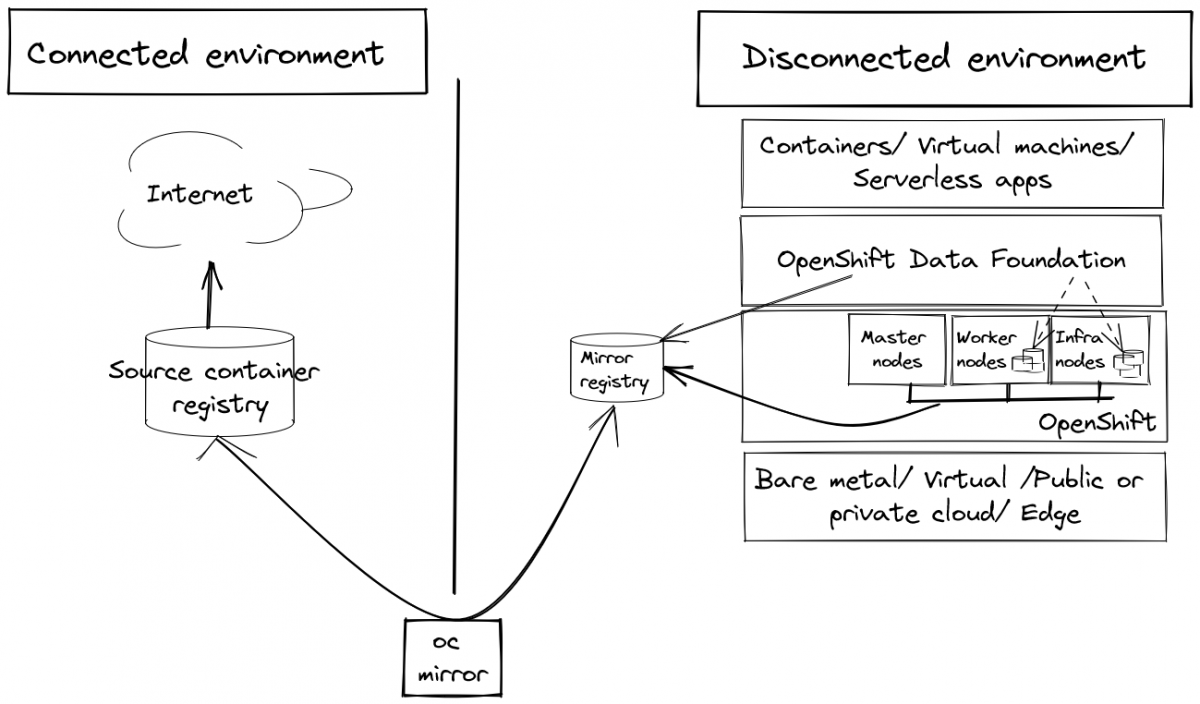A quick tour of how a Kubernetes Management Platform like Red Hat OpenShift can help to ease developers day to day work and ensure security at the same time


A quick tour of how a Kubernetes Management Platform like Red Hat OpenShift can help to ease developers day to day work and ensure security at the same time

OpenSourcerers 2022 is a wrap! It was packed with interesting articles covering a wide range of topics. There are 52 articles available covering high level topics down to the dirty technical details of using Red Hat’s products and other OpenSource technologies. Your Opensourcerers blog editors followed along of course! As we come from varying backgrounds […]

On a rainy Thursday evening, I was looking at a lemon tree and the lengthy URL of an application that I deployed some time ago on my OpenShift cluster. And I was wondering how I can make it shorter and human readable. Creating an edge route with a custom certificate is rather simple [1]. However, […]

Overview How can we secure the integrity of our Software Supply Chains and have confidence that our software has not been tampered with and can be traced to its source? Which are the main parts of the software supply chain security? Before explaining how to secure the Software Supply Chain, we need first to understand […]

Estimated reading time: 8 minutes Motivation Red Hat OpenShift Data Foundation (ODF), previously Red Hat OpenShift Container Storage, is a software-defined persistent storage solution for OpenShift Container Platform (OCP) workloads. In this article you’ll learn how to deploy OpenShift Data Foundation using local storage devices on a disconnected VMware cluster. An air-gapped or disconnected network […]

When I talk to colleagues, partners and customers in this age there are not a few who say that their company is going “all in” into the cloud. Faster, cheaper, more dynamic. It is just better. Migration to the cloud will take some time but they have started the process and it looks “good”. But […]

It is widely accepted that using a hybrid- and multi-cloud approach is needed to increase flexibility and reduce the dependency on any single vendor. However, most organizations struggle to operate effectively across clouds, with environments often being disconnected silos with varying primitives, APIs, and management tools. Thus, moving workloads and data between clouds, and implementing […]

The article shows code examples for two parts, how Ansible supports the ramp-up of a Selenium hub as well as you can test your automated testing infrastructure using Molecule

When I try to look into the future, what would I see for a datacenter? What are the requirements the data centers need to comply with? What can a solution look like? In the coming text I will try to give answers to those questions. Executive summary In the coming years the usage of services […]

tl;dr To ensure application consistency for distributed (multi hybrid) cloud environments, streamline your target platform from the bottom up. This helps you dealing with the Moving Target Platform Dilemma (MTPD). As mentioned in the previous article, using the SaaS Kubernetes (K8s) offerings from cloud providers (such as EKS, AKS, GKS) causes your application services to […]